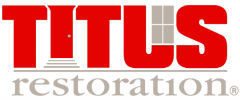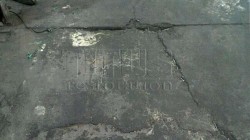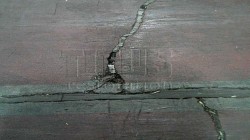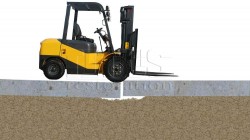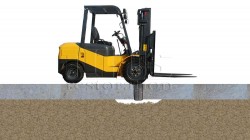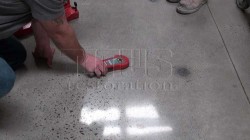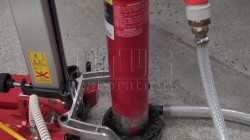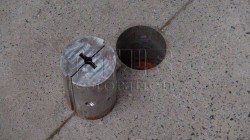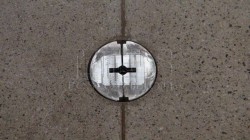Have you noticed your forklift drivers complaining of movement in the warehouse floor slab. It can often be heard as clunking, felt as hollow, and many times the movement is so great that it can be seen as sinking when forklifts drive over the floor. At first this concrete joint and slab movement might just cause a bumpy drive for your employees, but eventually it can lead to structural cracks and further concrete floor damage.
Control the Movement and Stop the Concrete Damage
Warehouses and manufacturing facilities are constantly facing issues with damage to their concrete from heavy forklift traffic, especially at the joints. Much of this concrete joint damage is caused by the movement of the slab when heavy forklift traffic passes over is as if the concrete is not strong enough to handle the weight transfer. The American Concrete Institute (ACI) has standards for tolerable concrete slab and joint movement, and if movement is noticed, it’s probably not within those standards.
- Structural Cracks
- Concrete cracks at the joint.
- Slab without Joint Saver
- Slab with Joint Saver
To Properly Repair Concrete Joint and Slab Movement, Titus adheres to these steps:
- Rebar (or other metal) Detection
- Core Drilling
- Inserting Somero Matson Joint Saver
- Torque to apply nearly 10,000 lbs of pressure against the face of each slab
- Rebar Location Device
- 3” Core Drilled Hole for Joint Saver
- Joint Saver Ready to Install
- Joint Saver Installed – Ready to Torque
Titus is proud to be a part of this solution to rocking and shifting slabs by being an approved applicator of the Somero Matson Group’s SD Joint Saver. The Somero Matson joint saver is designed to reduce deflection to meet or exceed the American Concrete Institute (ACI) standards for joint deflection. These standards allow for .010 inches deflection at joints where small tire forklifts are used and to .020 deflection at joints where large tire forklifts are used. The joint saver process is a better remediation compared to sub slab grout injections because of price, longevity, and durability. Find out more by contacting us.
